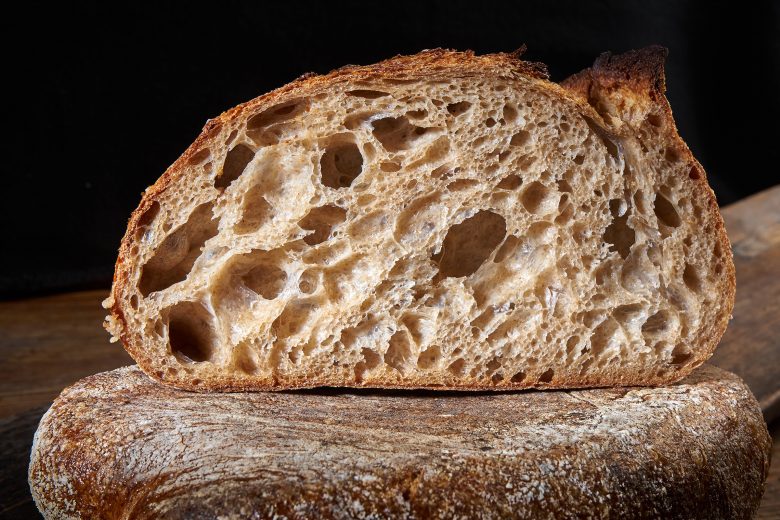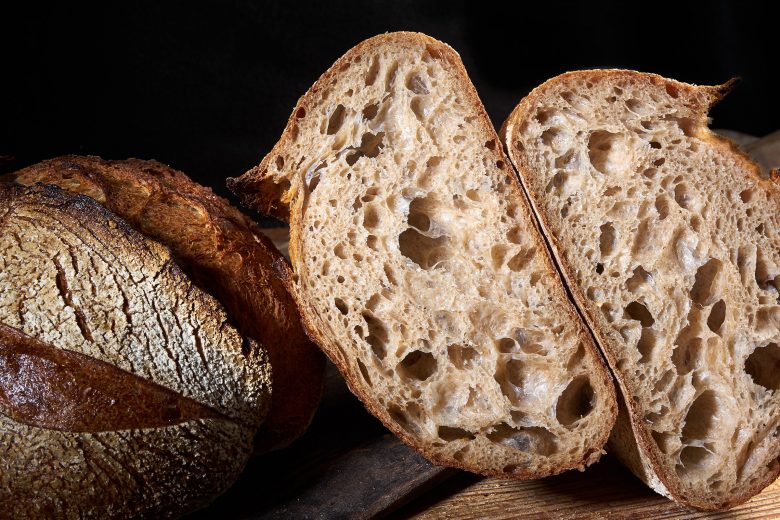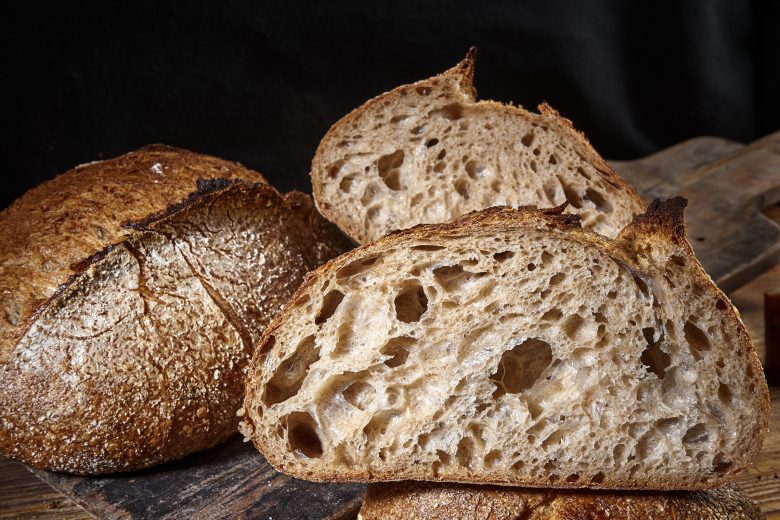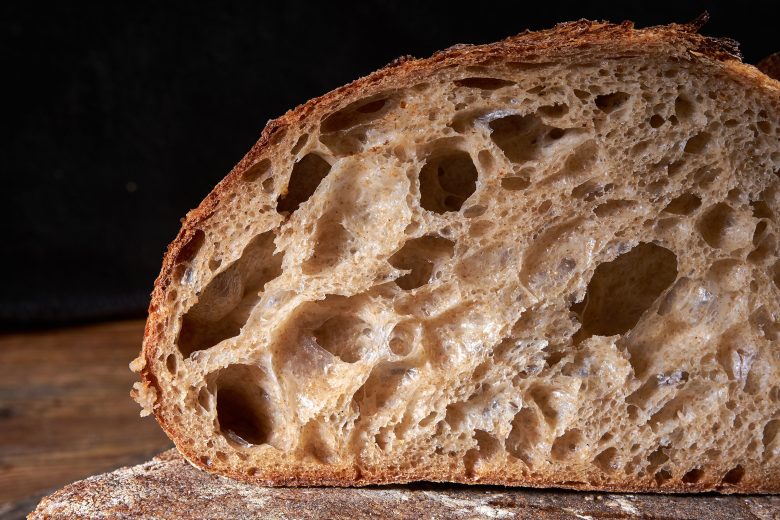Ruch Bread
Greetings from Richemont!
We, the Bread Brothers Didi-Schelli, are starting a bread baking masterclass today.
Richemont, THE international elite training facility for the bakery trade has invited us to lecture. Our idea of combining practice and theory into one course with two speakers from two different areas of expertise and teaching has drawn much interest.
For us, it is both an honor and a challenge. We will start a new course offering in Richemont in the Fall of 2020 and, as of today, will offer the masterclass online.
What does that mean?
Dietmar Kappl and Manfred Schellin have known and held each other in regard for 8 years. They have also developed a deep friendship. Good bread is the focal point of both of our endeavors, which we approach from unique directions. Dietmar, as a highly gifted baker who can recognize a dough’s condition with his hands tied and blindfolded, and is also known internationally for his bread aesthetic and his craftsmanship. Schelli, who seeks to create the best bread flavor through the combination of raw ingredients (flour) and fermentation with the idea that for each flour, there exists an optimal fermentation process, recipe, and bread.
The essence of our knowledge will be found in this masterclass. Recipe developments that have been optimized over long experiment times and through our international contacts, disclosed step by step in theory and practice. We share the work: each of us does what they do best. Dietmar is responsible for the craft, including photography, Schelli pours his knowledge into words.
The magic triangle of good bread
- Craftsmanship
- Fermentation
- High quality flour
Each of these points is optimally tailored to the product, the recipe, and its origin. If you neglect one of these basic aspects, the bread inevitably drops out of the Champions League. We will come across this model of the magic triangle again and again on our joint bread journey because it can explain many phenomena of the German-speaking bread landscape.
Let’s start with a Swiss recipe, the Ruch bread, whose special features reflect our philosophy:
Recipe
For a dough weight of 1872g / 3 pieces, each 624g of dough
Wheat sourdough:
- 100g Wheat flour Type 550 / 700
- 100g Water
- 50g Starter
In order to ensure the leavening ability of the sourdough, the starter should be refreshed 2-3 times before using. After this the sourdough process is started.
Dough temperature: 25-27°C; Dough Maturity: 5-6 hours
Main dough:
- 900g Ruch flour
- 700g Water
Mix until lump-free, cover and let hydrate for 3 hours.
- 250g Mature sourdough
- 22g Salt
Production:
- Add the sourdough and salt and mix slowly for 8 minutes. Then mix an additional minute on fast speed.
- Then place the dough in an oiled dough tub, cover and let it rise.
- Fold the dough after 60 and 120 minutes. After that, cover and let it rise for 3 hours.
- Now divide the dough into the desired sizes and fold together from all four sides. Place seam-side down and let the dough relex for 30 minutes.
- To form, turn the dough over (seam-side up) and fold from left and right into the middle. Then with some tension, roll the dough up from top to bottom.
- With the seam-side down, place in a floured proofing basket and leave it in the refrigerator to proof at 5-6°C.
- Dough maturity in the refrigerator: 12-18 hours
- The loaves are baked in an oven preheated to 250°C with ample steam.
- Reduce the oven temperature to 240°C and bake until well browned.
- Baking time of about 35 mintes
Bread Brothers Verdict
Pitfalls of the recipe:
- In our experience, the quality of the starter is the element with the greatest influence. In most cases, the variations in quality are due to insufficient fermentation. This is not about a 1, 2, or even 3 stage process. A starter that is stored in the refrigerator and goes through a 3-day refreshment is often (if at all) barely sufficient to raise the bread on its own. In other words: a large part of the quality of your bread is in the starter!
- The quality of Ruch flour varies widely in its place of origin, Switzerland- and if you include Germany, you can often hardly recognize what you are looking at – so it is, with flours that are labeled as such. This is due to the loose definitions under Swiss food laws. Here are the main statements:
Excerpt from the Swiss Food Regulations:
Art. 67 Requirement of Milling Products >>
The water content of milling products must not exceed 15.5 percent by mass.
In relation to the dry substance, normal flour must have the following mineral or ash contents:
a. White flour max. 0.63 percent by mass
b. Semi-white flour 0.64-0.90 percent by mass
c. Ruch flour 0.91-1.69 percent by mass
To improve the baking ability, spelt, rye, gluten or wheat gluten, wheat germ and enzyme-active malt flour, as well as acerola powder or other suitable foods with a high natural content of ascorbic acid can be added to the normal flour up to a total of 5% by mass.
Acerola powder may contain ingredients such as starch or maltodextrin up to 70 percent by mass as a substrate.
Two years of searching had preceded a long search to find a Ruch flour worthy of the Masterclass. We have been supplied by around 30 different mills from Germany, Austria, Switzerland and Italy, and have examined their Ruch flour both in terms of taste and baking properties. Ruch flour is an extraordinarily glutenous, aromatic, clean wheat flour of type 1100. For this purpose, the light, strong white flour is mixed with the finely ground, valuable outer layers in a suitable ratio. The difference here is that the most modern mill technology succeeds in extracting the bran close to the germ and using it for this flour. This difference alone makes it so tasty and in the fermentation it brings the cultures to life. The gluten strength makes processing easy and allows long fermentation times. As you can see in the photos, the flour is also suitable for a crumb with wild pores and large bubbles.
The bread is a no-fuss, everyday bread that is perfect for breakfast, snacks, or lunch boxes. It becomes a sensation through the combination of craftsmanship, optimal fermentation and the best quality flour as described above.






